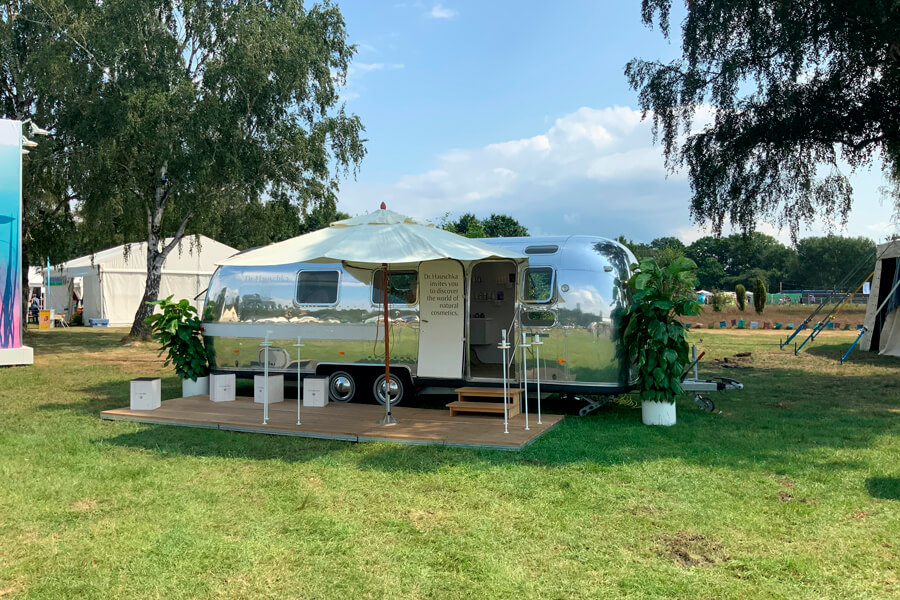Glass packaging
What are the benefits and drawbacks of glass as a packaging material?
Benefits:
- Glass acts neutrally upon the contents, it does not release or absorb anything and the qualities of the preparation remain unchanged.
-
Glass bottles are particularly suitable for storing liquid formulations. We ensure that the liquid is extracted from the bottle hygienically and in a user-friendly manner with pumps, atomisers or pipettes.
-
Glass has very high recycling quotas as it is a so-called permanent material, meaning that it can be infinitely recycled without losing its qualities.
Drawbacks:
-
White glass lets the light through and so is not suitable for light-sensitive preparations. The possible applications of glass in terms of packaging are extremely limited due to the other characteristics of the material (easily breakable, heavy and rigid), so for us, for example, the use of glass in the shower is completely out of the question for safety reasons.
-
More solid preparations such as creams can only be taken from jars. Because our natural cosmetics do not contain any synthetic preservatives, for our recipes containing water, such as our Day Cream, we cannot use jars, even if they are made of glass. Due to the water content, the large area of contact with the surrounding air and the application method, e.g. using a finger, there is a risk of potential microbial contamination. For sustainability reasons we cannot allow this (more on the importance of product protection).
-
Manufacturing glass is very energy intensive and due to its heavy weight requires more energy for transport than, for example, lighter plastic packaging.


